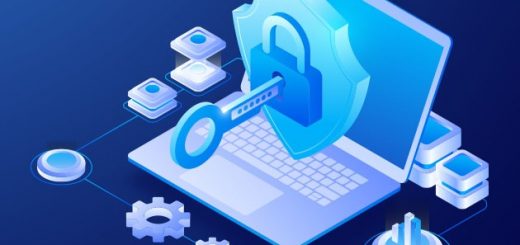5 safeguarding tips for schools this year
Criminal cyber groups have made it abundantly clear that there is no type of organization they will not target–the more vulnerable they are, the easier it will be to victimize. Unfortunately for us, the organizations most at risk are often public institutions. A combination of lack of resources and dependence on legacy networks creates the perfect storm for exploitation. Of all public organizations, education has the most significant difficulties to overcome.
In 2021, ransomware attacks cost US schools over $3 billion in damages and an incalculable impact on teachers’ and children’s lives. City officials and state lawmakers must ask themselves: What can I do to protect my constituents? As a former CIO for the state of Arizona, I have pondered the same questions and understand how stressful the responsibility can be.
Since then, I have helped hundreds of private companies and government departments fortify their security postures in an increasingly hostile security environment. In this article, I would like to share the five most valuable practices cybersecurity personnel can implement within their school district’s or university’s security planning.
Patch vulnerabilities sooner rather than later
The common mistake IT administrators make is failing to patch vulnerabilities within their network assets. Security incidents often occur because a known bug within a popular service has not been remedied despite a patch being publicly available for months or years. This poses a particular threat as hackers have refined their attack methodologies to exploit these vulnerabilities more efficiently. My recommendation: focus on vulnerabilities that pose significant threats (there are too many in the wild to count) and prioritize those associated with network incidents and those with the potential to cause damage.
An understated risk that has grown in recent years is those found within third-party software or applications. As school districts migrate many of their administrative tools onto cloud-based services, many districts can find themselves under attack without noticing it. A large-scale breach reminds us to check who we’re getting into business with and how they have managed previous incidents, if ever.
Deploy adequate resources for timely and regular monitoring of the security situation of schools
Enabling early warning detection tools offers school administrators assurance and control over their system’s defenses. Monitoring the perimeter of your network means scanning for zero-day vulnerabilities that might not have been identified by numbering authorities or government agencies. Although these are difficult to detect independently, it’s essential to keep tabs on your solution providers’ communications channels in case any advisories are released.
(see all)



